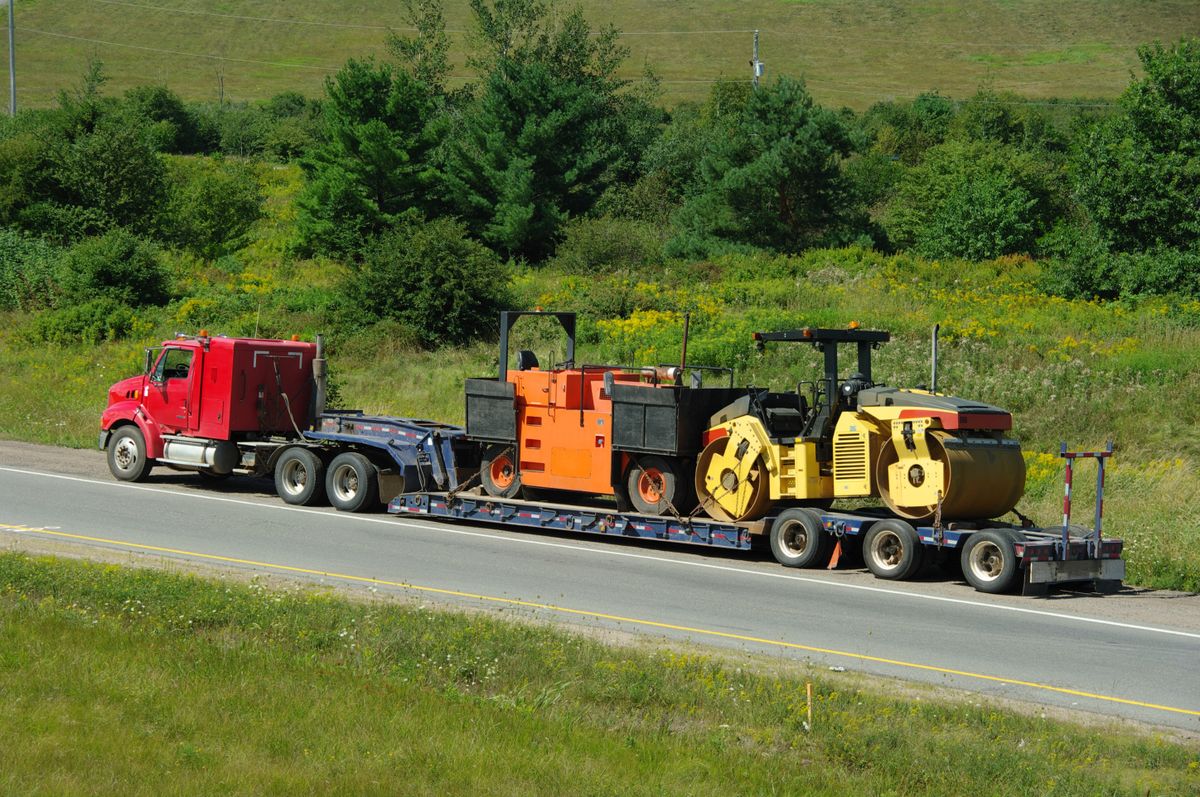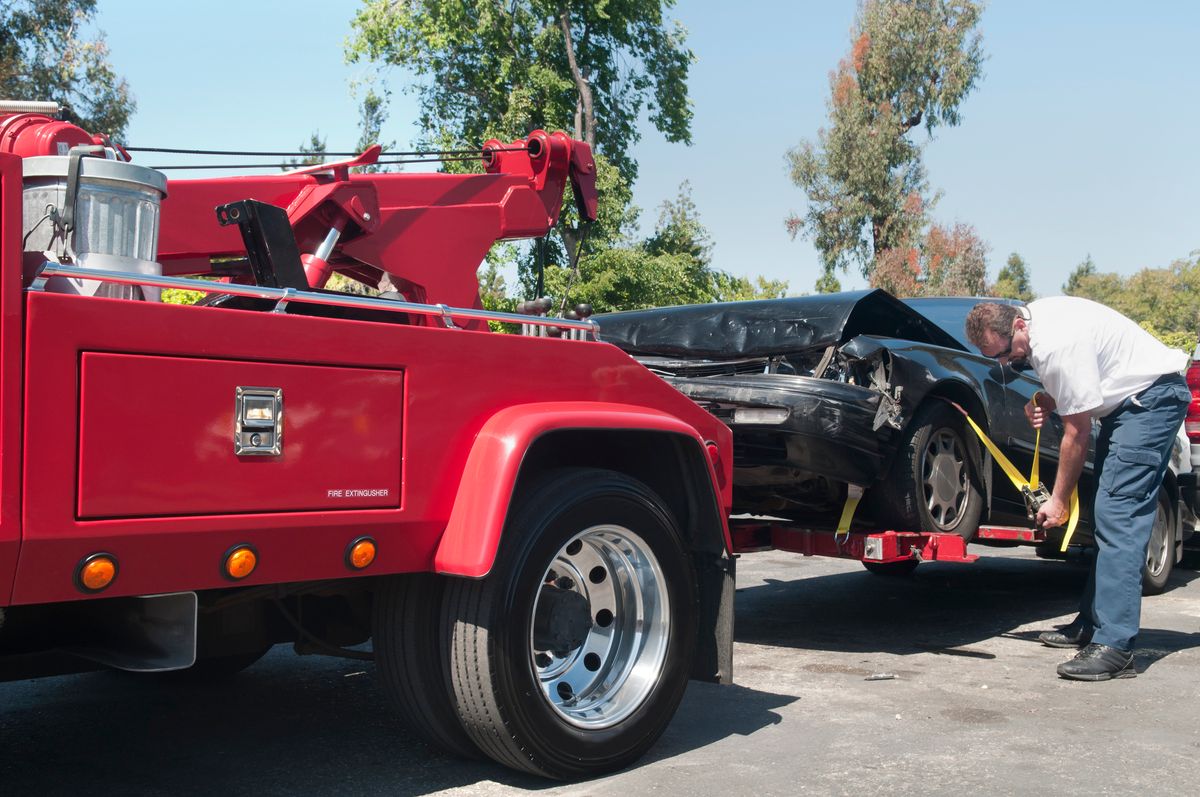
Now that we understand the importance of weight distribution and the role of weight distribution hitches, let’s explore some best practices for loading your trailer correctly. Properly distributing the weight of your cargo is essential for maintaining stability, optimizing towing performance, and ensuring a safe journey.
Step 1: Park on a Level Surface
Before you begin loading your trailer, it’s crucial to park it on a level surface. This ensures that the trailer remains stable during the loading process and prevents any shifting or tipping once the weight is added. Parking on uneven ground can lead to imbalanced weight distribution and compromise towing safety.
Step 2: Determine the Weight Distribution Ratio
To achieve proper weight distribution, you should aim to load approximately 60% of the cargo weight in the front half of the trailer and 40% in the rear. This ratio helps maintain sufficient tongue weight while evenly distributing the load across the trailer axles.
When determining the weight distribution ratio for your specific trailer, consider factors such as the trailer’s design, axle placement, and towing characteristics. While the 60/40 ratio is a good starting point, it’s important to adjust the distribution based on your trailer’s unique characteristics and towing requirements.
Step 3: Load Heavier Items First
When loading your trailer, it’s advisable to start with the heavier items. Placing heavy cargo in the center of the trailer, just forward of the axle, helps maintain proper tongue weight and prevents the trailer from becoming tail-heavy. This strategic placement ensures that the weight is distributed evenly and minimizes the risk of trailer sway.
Step 4: Secure Your Cargo
After loading the heavier items, it’s crucial to secure your cargo properly. Use tie-down straps, ropes, or other fastening mechanisms to secure the items and prevent them from shifting during transit. Ensure that each item is tightly secured to the trailer’s tie-down anchors and double-check the tightness of the restraints before hitting the road.
Step 5: Place Lighter Items on Top
Once the heavier items are loaded and secured, you can proceed to place lighter items on top. This helps maintain stability and prevents top-heavy conditions that can lead to swaying. However, be mindful of the trailer’s height restrictions and avoid loading lightweight cargo above the sides of the trailer box to maintain proper balance and prevent any hazards during transportation.
Step 6: Verify Weight Distribution and Balance
Before towing your loaded trailer, it’s essential to verify weight distribution and balance. Start by ensuring that none of the axles are overloaded, as this can lead to tire, wheel, and suspension failures. It’s also important to check the left-to-right balance of the load. Uneven weight distribution can cause handling issues and compromise towing stability. Make necessary adjustments to achieve an even distribution and recheck the balance before embarking on your journey.
Step 7: Test Trailer Lights and Brakes
Before hitting the road, always test your trailer lights and brakes to ensure they are functioning correctly. Properly functioning lights and brakes are critical for safe towing, especially during nighttime travels or in adverse weather conditions. Verify that all lights, including brake lights, turn signals, and taillights, are operational. Additionally, test the trailer brakes to ensure they engage smoothly and provide adequate stopping power.






